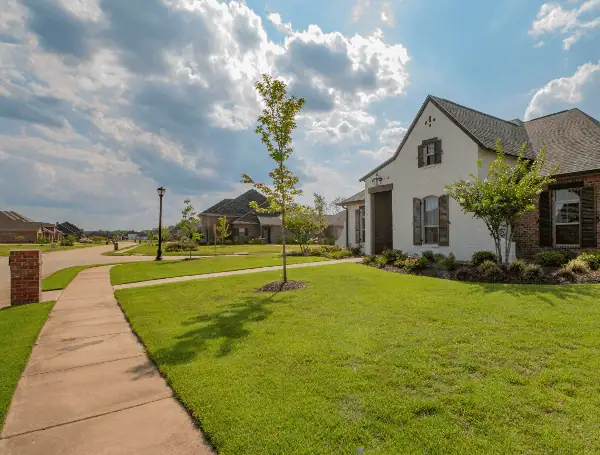Despite a nearly 20% surge in for-sale housing inventory nationwide compared to last year, the dream of homeownership remains out of reach for many Americans, particularly those in the middle-income bracket. A new report from the National Association of Realtors and Realtor.com reveals that U.S. households earning $75,000 annually can afford less than a quarter (21.2%) of available home listings as of March 2025.
This slight improvement from 20.8% a year prior marks the largest gain for any income group, yet underscores the enduring housing affordability gap plaguing the nation.
The comprehensive 2025 Housing Affordability & Supply report paints a picture of a significantly imbalanced market. While the increase in inventory offers a glimmer of hope, it remains far below pre-pandemic levels, leaving a critical shortage of homes accessible to low- and moderate-income buyers.
READ :US Weather Alert: Severe Storms Threaten Mississippi And Ohio Valleys, Dangerous Heat Grips Texas
The report highlights the substantial deficit in affordable housing across the country. To achieve a balanced market where supply aligns with what various income levels can afford, the U.S. needs:
- 367,000 more home listings priced at a maximum of $170,000 to cater to households earning $50,000 annually.
- 416,000 more listings priced at or below $255,000 to meet the needs of the $75,000 income bracket.
- 364,000 more listings priced under $340,000 for households earning $100,000 per year.
Nadia Evangelou, NAR senior economist and director of real estate research, acknowledged the turning point in the market, stating, “More homes are hitting the market, and it’s encouraging to see the greatest housing-supply gains among middle-income home buyers.” However, she emphasized the long road ahead, noting that the $75,000 income group has less than half the access to affordable homes compared to pre-pandemic times when nearly 49% of listings were within their reach.
The report categorized the 100 largest metropolitan areas based on their housing affordability and supply balance:
- “Areas Getting Closer to Balance” (30%): These areas, including Akron, Ohio; St. Louis, Mo.; and Raleigh, N.C., have shown significant improvement in affordable home availability over the past year.
- “Areas Stuck in the Middle” (44%): While these markets, such as Seattle, Wash., and Washington, D.C., have seen modest gains in affordability, they still face considerable misalignment between supply and demand.
- “Areas Falling Further Behind” (26%): Metropolitan areas like Los Angeles, Calif.; New York, N.Y.; and San Diego, Calif., continue to see their housing affordability gap widen, presenting a troubling trend.
READ :Public Health Advisory Issued For Several Pinellas County Beaches Due To High Bacteria Levels
“Shoppers see more homes for sale today than one year ago, and encouragingly, many of these homes have been added at moderate income price points,” said Danielle Hale, Realtor.com chief economist. “But as this report shows, we still don’t have an abundance of homes that are affordable to low- and moderate-income households, and the progress that we’ve seen is not happening everywhere. It’s been concentrated in the Midwest and the South.”
From a state perspective, Iowa, Ohio, Indiana, Illinois, and West Virginia are leading the way in offering more balanced housing market conditions. In these states, a household earning around the national median income can afford a significant portion of the for-sale listings.
Conversely, Montana, Idaho, California, Massachusetts, and Hawaii are grappling with the largest shortfalls in affordable housing, indicating a severe affordability crisis in these regions. While states like Delaware, Utah, Colorado, Florida, and Arizona have shown the most significant year-over-year gains in housing affordability, only the District of Columbia has seen improvement compared to pre-pandemic levels.
Please make a small donation to the Tampa Free Press to help sustain independent journalism. Your contribution enables us to continue delivering high-quality, local, and national news coverage.
Connect with us: Follow the Tampa Free Press on Facebook and Twitter for breaking news and updates.
Sign up: Subscribe to our free newsletter for a curated selection of top stories delivered straight to your inbox.

